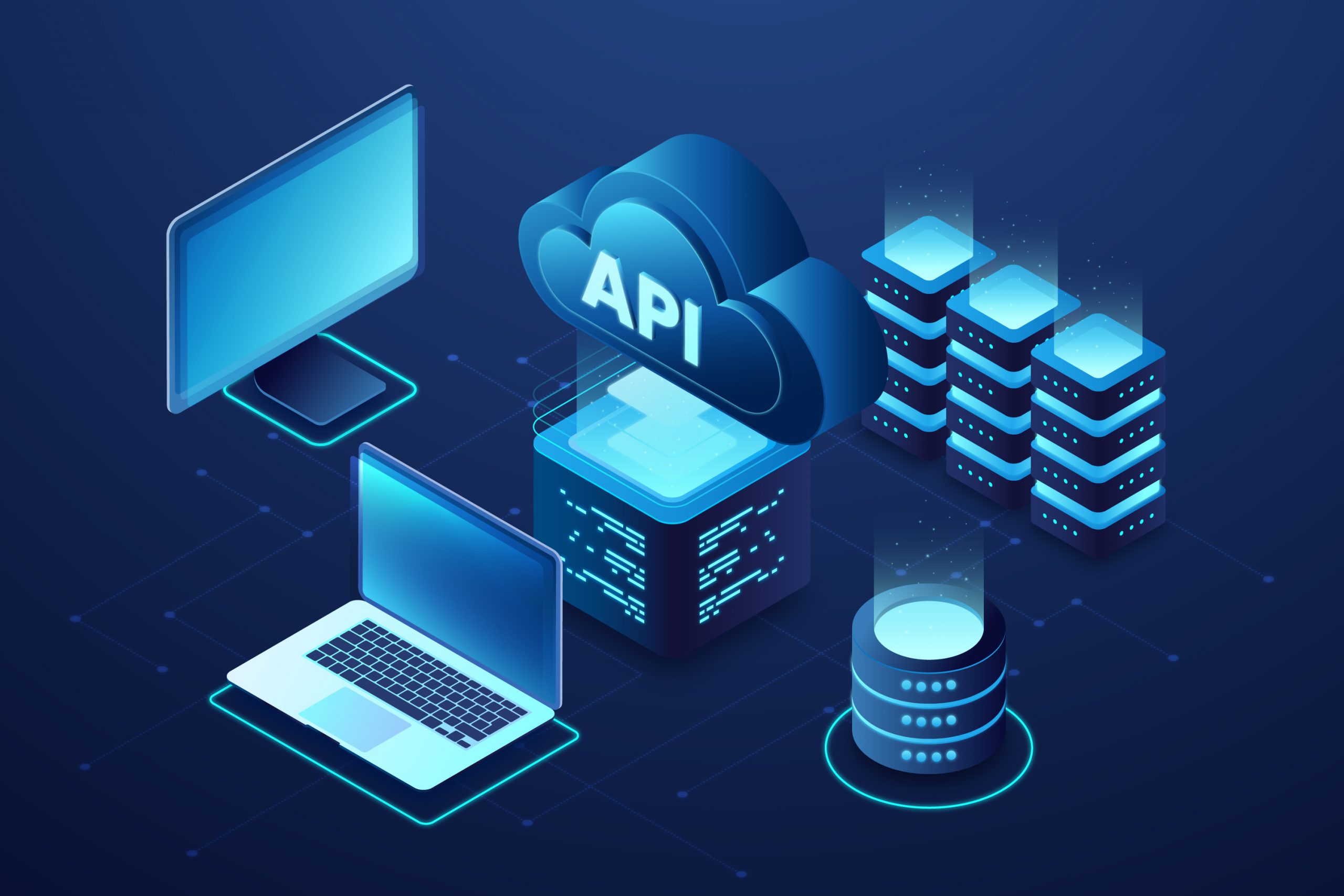Now Reading: APIs as the Driving Force Behind Modern Digital Services: Explained Simply
-
01
APIs as the Driving Force Behind Modern Digital Services: Explained Simply
APIs as the Driving Force Behind Modern Digital Services: Explained Simply

Ever wondered how your favorite apps and online services seem to talk to each other so smoothly? How does Uber know where to pick you up? How does Instagram load your friends’ latest photos so quickly? Or how does your banking app fetch real-time balances and let you transfer money seamlessly? Well, the secret behind all this is something called APIs — or Application Programming Interfaces.
Imagine APIs as the set of rules and bridges that allow different software programs to “talk” to each other. Think of them as a common language or a skilled translator that helps two friends who speak different languages understand each other. Without this translator, they wouldn’t be able to share ideas or coordinate plans efficiently. Similarly, APIs help different apps, systems, and services communicate, share data, and work together smoothly.
Here’s a simple way to picture it: when you send a message or order a pizza online, behind the scenes, the app is sending a request over the internet to a server or another service. That request goes through an API, which then processes it and sends back the information you need — like whether the pizza is on its way or what your bank balance is. Thanks to APIs, all these complex processes happen fast enough that you don’t even notice them.
Without APIs, our digital experiences would be pretty rough. Websites and apps would feel disjointed, slow, and less user-friendly. Think of trying to assemble a piece of furniture without instructions—that’s how confusing it would be trying to make different digital systems work together without APIs. They enable everything from checking the weather on your phone to making a purchase in an online store. These “hidden connectors” are the unsung heroes making our digital lives more interconnected, efficient, and convenient.
So, in essence, APIs are the foundation of modern digital interaction. They’re what make the Internet feel like a seamless, integrated space rather than a bunch of isolated islands of data. Understanding how they work helps us grasp how our apps and services keep getting smarter and more interconnected every day.
How APIs Drive Innovation and Transform Industries: Making Digital Services Smarter, Faster, and More Accessible
APIs aren’t just technical nerd tools; they’re the engines driving innovation across almost every industry you can think of. Whether it’s healthcare, banking, entertainment, or transportation, APIs open doors for new ideas and smarter services by letting different systems work together.
Take banking, for example. In the past, your bank account information was confined to your bank’s system. Today, thanks to APIs, third-party apps can securely access your bank data (with your permission). This means you can use budgeting tools, investment apps, or payment services all from one place. APIs facilitate this secure sharing of data, making managing your money easier and more flexible without your bank needing to build all these features themselves.
In entertainment, streaming services like Netflix or Spotify rely heavily on APIs. These APIs help recommend new movies or music based on what you’ve already watched or listened to. By sharing data about your viewing habits, APIs enable personalized suggestions, making your entertainment experience more engaging and tailored just for you.
E-commerce is another great example. Online stores connect to payment gateways, shipping companies, and inventory management systems through APIs. When you place an order, all these systems communicate seamlessly—ordering, payment processing, and delivery—without any hiccups. This interconnected setup ensures that your shopping experience is smooth from click to delivery.
The real power of APIs is that they lower barriers for developers and companies. Instead of building everything from scratch, they can reuse and connect existing services and data sources. This accelerates innovation because new apps and features can be developed faster and with less effort. It’s kind of like plugging in a new gadget into your existing smart home setup—it’s quick, easy, and expands your home’s capabilities without a complete overhaul.
This ecosystem of interconnected services has led to the rise of platforms and ecosystems where APIs act as the nerve signals. They allow different services and apps to work together, creating highly integrated digital experiences. Thanks to these invisible connectors, we now enjoy smarter, faster, and more accessible services every day—whether it’s getting real-time traffic updates, booking a ride, or managing your health data securely.
In summary, APIs are the backbone of modern technological progress. They transform raw data into useful, integrated services that improve our daily lives in ways we often don’t even notice. They’re making digital services smarter, more responsive, and more accessible, shaping a future where technology continues to become more seamless and empowering.
Thanks to APIs, our digital world is more connected than ever, and their importance will only grow as technology advances. The next time you update your social media, track your fitness, or enjoy your favorite streaming show, remember—these moments are made possible by the powerful, invisible work of APIs.






















